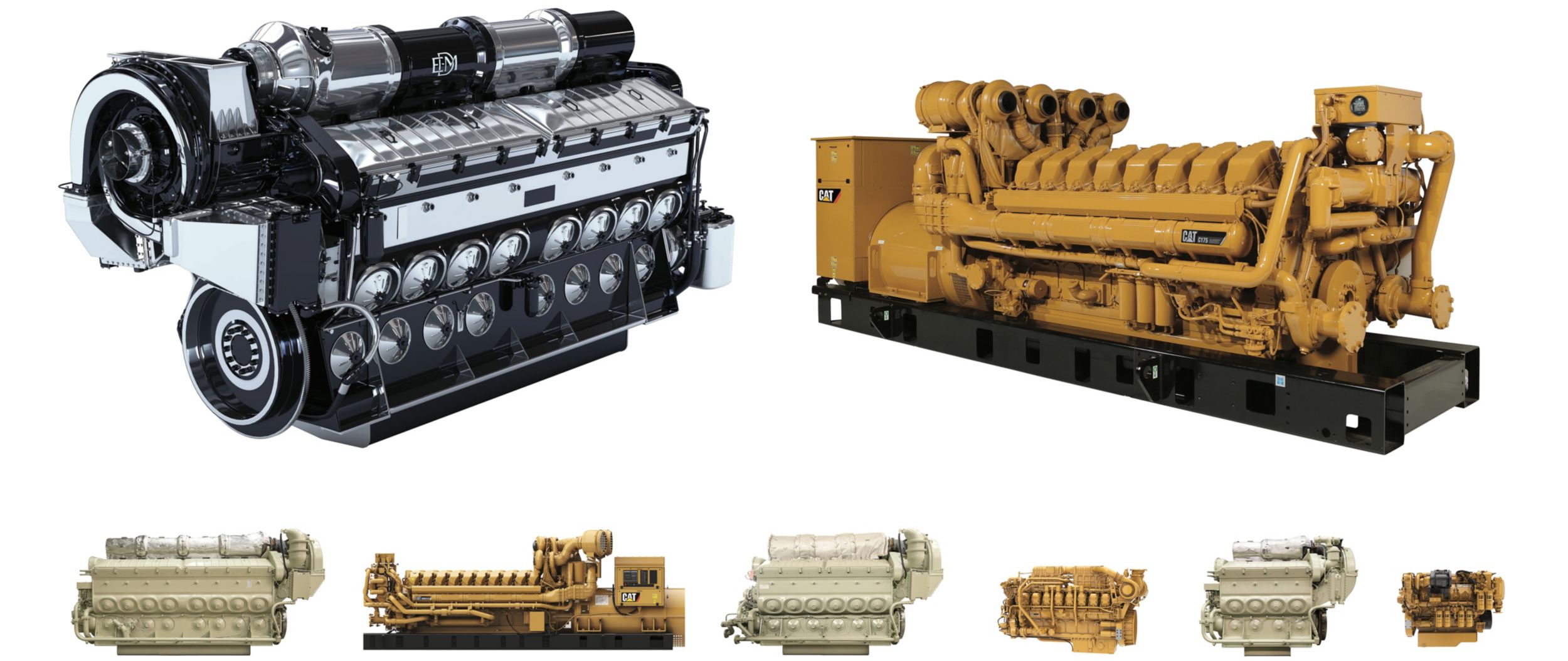Store Engines for Africa and More at Our Comprehensive Auto Components Store
Store Engines for Africa and More at Our Comprehensive Auto Components Store
Blog Article
The Quest for Ultimate Driving Power: Exploring the Peak of Engine Efficiency and Technological Developments in the Automotive Field
In the realm of automobile engineering, the quest of optimum driving power has been a relentless quest that has actually unravelled with the development of engine design and the combination of cutting-edge technologies. From the precise workmanship of burning engines to the rapid innovations in electric propulsion systems, the automobile sector stands at the cusp of a new period identified by extraordinary performance abilities. As engineers and scientists dive much deeper right into the realms of computational fluid characteristics and explore ingenious gas technologies, the perspective of opportunities broadens exponentially. Remain tuned as we untangle the complex tapestry of technical breakthroughs that are forming the future of automotive power and performance.
Evolution of Engine Layout

In addition, the integration of turbocharging and supercharging innovations has actually changed engine design by boosting power without considerably raising engine dimension. These forced induction systems compress the intake air, permitting more gas to be combusted, therefore generating better power result from a smaller sized engine. This improvement has been specifically essential in boosting the efficiency of smaller sized displacement engines while keeping fuel efficiency standards.

Performance-Enhancing Fuel Technologies
The application of advanced gas innovations has significantly added to improving engine efficiency in modern lorries. Biofuels, obtained from sustainable sources like algae, corn, or sugarcane, offer boosted and decreased emissions engine efficiency. Furthermore, gas ingredients and detergents are being created to clean engine elements, enhance combustion, and minimize rubbing, therefore increasing general car performance.
Advancements in Electric Propulsion
Significant strides in electric propulsion modern technology have revolutionized the automobile industry, leading the means for a new age of lasting and reliable transportation. Electric automobiles (EVs) are getting popularity due to their environmental advantages and advancements in battery technology, allowing longer driving varieties and much shorter charging times. Producers are investing heavily in r & d to improve the efficiency of electrical propulsion systems, focusing on enhancing power outcome, improving energy effectiveness, and reducing overall weight.
One remarkable development in electrical propulsion is the growth of innovative electric motors that deliver greater torque and power thickness, resulting in improved velocity and overall driving efficiency. In addition, regenerative braking systems have actually been improved to capture and keep power during deceleration, further increasing the effectiveness of EVs.
Moreover, the assimilation of wise innovations, such as expert system and predictive analytics, is enhancing the administration of electrical propulsion systems, guaranteeing optimal efficiency under various driving problems. These innovations in electrical propulsion are improving the automobile landscape, driving the sector in the direction of an extra sustainable and energized future.
Impact of Computational Fluid Dynamics
With advancements in electric propulsion pushing the limits of auto modern technology, the integration of Computational Fluid Dynamics is playing a pivotal role in enhancing aerodynamic efficiency and boosting overall efficiency in car layout. Computational Fluid Characteristics (CFD) hop over to here involves making use of computer simulations to examine the flow of air around a vehicle, making it possible for designers to forecast exactly how layout changes will certainly influence aerodynamics without the need for pricey physical prototypes. By precisely modeling air flow patterns, CFD enables the improvement of vehicle forms to minimize drag, boost air conditioning, and boost stability.
CFD makes it possible for engineers to enhance air flow around elements such as radiators, engine bays, and wheel wells, adding to enhanced efficiency and overall driving experience. In final thought, the integration of Computational Liquid Characteristics represents a substantial step ahead in the pursuit for best driving power and performance in the vehicle sector.
Future Fads in Engine Innovation
In the vibrant landscape of automotive design, cutting-edge improvements are forming the future trajectory of engine development. The future of engine style is marked by a solid emphasis on sustainability, efficiency, and performance. Manufacturers are increasingly concentrating on establishing engines that not only supply high power results however likewise focus on environmental responsibility by lowering discharges and improving fuel efficiency.
One popular pattern in engine advancement is the increase of electrification. Hybrid and electrical powertrains are getting traction as sensible options to conventional combustion engines. These technologies supply the possibility for considerable reductions in carbon exhausts and enhanced power effectiveness, aligning with worldwide initiatives to deal with climate adjustment.
Moreover, innovations in products scientific research and manufacturing methods are allowing the production of lighter and extra long lasting engine parts. This click for info change in the direction of light-weight materials such as carbon fiber and light weight aluminum alloys adds to improved performance and gas economic climate.
Final Thought
In conclusion, the quest of ultimate driving power in the vehicle field continues to drive innovations in engine design, gas technologies, electrical propulsion, and computational liquid dynamics. The evolution of these innovations is shaping the future of engine technology, leading the way for a lot more effective and effective cars (engines for africa). As the sector remains to press the limits of what is feasible, we can anticipate to see much more groundbreaking developments in the quest for peak performance
One of the essential turning points in engine style development is the transition from conventional carbureted engines to contemporary fuel-injected systems. By specifically metering the gas shipment to each cyndrical tube, fuel-injected engines maximize combustion, resulting in much better efficiency and minimized environmental impact.
Additionally, the combination of turbocharging and turbo charging innovations has actually changed engine design by boosting power without substantially increasing engine size (engines for africa).The application of innovative fuel technologies has dramatically contributed to boosting engine efficiency in about his modern-day vehicles. Additionally, gas additives and detergents are being created to clean engine elements, enhance burning, and decrease friction, thus enhancing overall car performance
Report this page